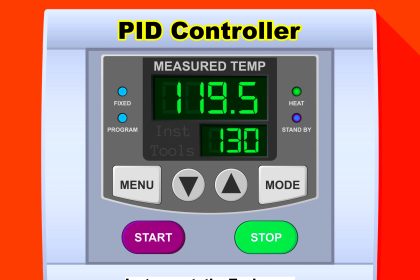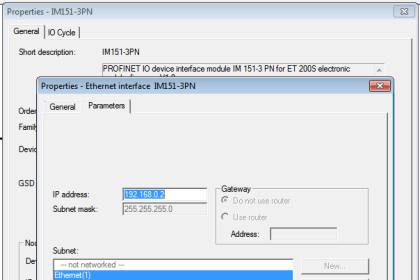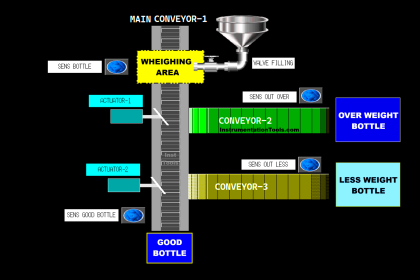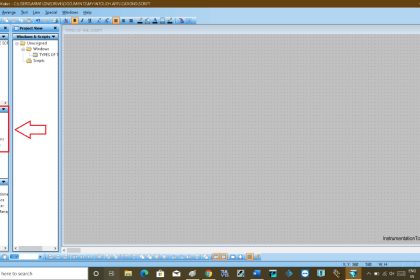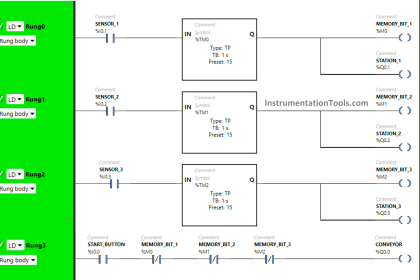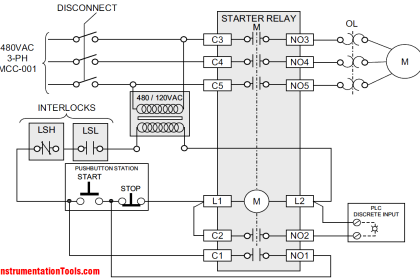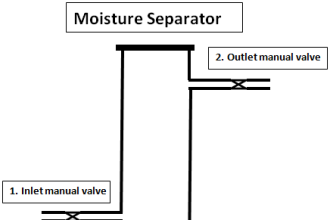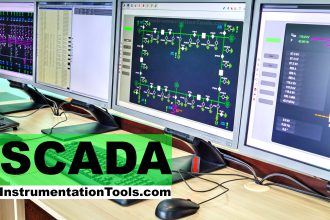In this post, we will see some general types of vulnerabilities faced in a SCADA system that will help you properly deal with them.
SCADA System Vulnerabilities

SCADA is a very important tool in industrial automation. It is the very first big step in interfacing data with other highly advanced networks like the cloud, IoT, ERP, and MES.
But, you know that such a large amount of data handling and network interfaces also bring some vulnerabilities and threats to the system. You have to be extra careful when dealing with SCADA systems.
The most common vulnerabilities of a Supervisory control and data acquisition system are mentioned below.
- Cyber Security
- External Connections
- Open Coding
- Weak 21CFR Scripting
- Legacy Software
- Default Settings
- DDoS attacks
Cyber Security
This is the first and foremost main threat to a SCADA system. You must have seen many recent cases where a SCADA system was hacked and data was leaked. This is very dangerous for a system because a hacker can stop the entire system and if the system was very critical, then it could be life-threatening too.
Free Cyber Security Course: Join Now
Attacks can be raised from either the hardware or software. If the hardware PC used is not updated by Windows frequently, then there are chances that it will miss key security updates. This can also include network updates. It is the first step in hacking.
Software used for SCADA also comes in updated patches. If it is possible, timely communication must be given to the client to update the patch. If it is costly, then it’s a thing of the client; but it will be better to spend some extra penny instead of wasting your whole system.
If the designer has developed poor SCADA network settings, then it is his job to rectify them. Also, with the help of external IT policies, a computer can be made secured. The programmer must properly set data historians, OPC servers, SQL servers, and VPN services.
External Connections
SCADA deals with many number of PLC’s. The very first step is that the SCADA must securely deal with data with respect to PLC. It must be tried to avoid open access to SCADA from PLC.
Communication driver settings (for PLC) in SCADA have security features to keep the network and data transfer intact and strong.
Nowadays, modern PLCs have cyber security settings. This can help in the proper and secure data flow.
Open Coding
If the SCADA scripts, screens, and other settings are open, then an external hacker can access the data and try to modify it. So, always keep the SCADA backup password-protected.
Mostly, SCADA software does not have a single password, like PLC. You have options to set different passwords for different things.
So, password complexity is a must in maintaining good security; and it is a little bit more cumbersome than PLC security. This will ensure that your codes are not open and they remain secure.
Weak 21CFR Scripting
21CFR and GAMP5 are very important standards for SCADA in the food, beverage, and pharmaceutical industries. This helps in the accurate monitoring, tracking, and observation of data in SCADA.
If the scripting of this program is weak, then unwanted access to data will not be tracked and the company will then not be able to identify who did the wrong action and how it was done.
So, if you are using 21CFR, make sure that its program developed is very strong so that there are rare chances of bugs and it will run successfully.
Legacy Software
There are a very large number of SCADA systems that run on legacy software. A legacy system is outdated computing software/hardware that is still in use. The system still meets the needs it was originally designed for but doesn’t allow for growth.
A legacy system’s older technology won’t allow it to interact with newer systems. There are many reasons for this like costs, difficulties in migrating to new technology, etc.
Due to all this, there are chances of high-security concerns in these software (like user/system authentication and data integrity checking features). This exposes the system to a wide range of cyber-attacks.
Default Settings
Many programmers just run the SCADA systems with the default settings provided by the manufacturer.
If they bypass the network and other critical settings, then it is very risky to run the system with such settings. So, always look for the meaning of all the settings and if required, try to change the necessary ones.
DDoS attacks
A distributed denial-of-service (DDoS) attack is a malicious attempt to disrupt the normal traffic of a targeted server, service, or network by overwhelming the target or its surrounding infrastructure with a flood of Internet traffic.
DDoS attacks achieve effectiveness by utilizing multiple compromised computer systems as sources of attack traffic. Exploited machines can include computers and other networked resources such as IoT devices. It could be very easy for hackers to locate these systems by using specific search engines like Shodan. The popular search engine allows attackers to retrieve all the information that could be used to find a potential target exposed online.
In this way, we understand some general vulnerabilities faced in a SCADA system.
If you liked this article, then please subscribe to our YouTube Channel for Instrumentation, Electrical, PLC, and SCADA video tutorials.
You can also follow us on Facebook and Twitter to receive daily updates.
Read Next:
- PLC System Design
- How to Choose a SCADA?
- Compare PLC and SCADA
- SCADA Recipe Management
- Training Courses for SCADA
